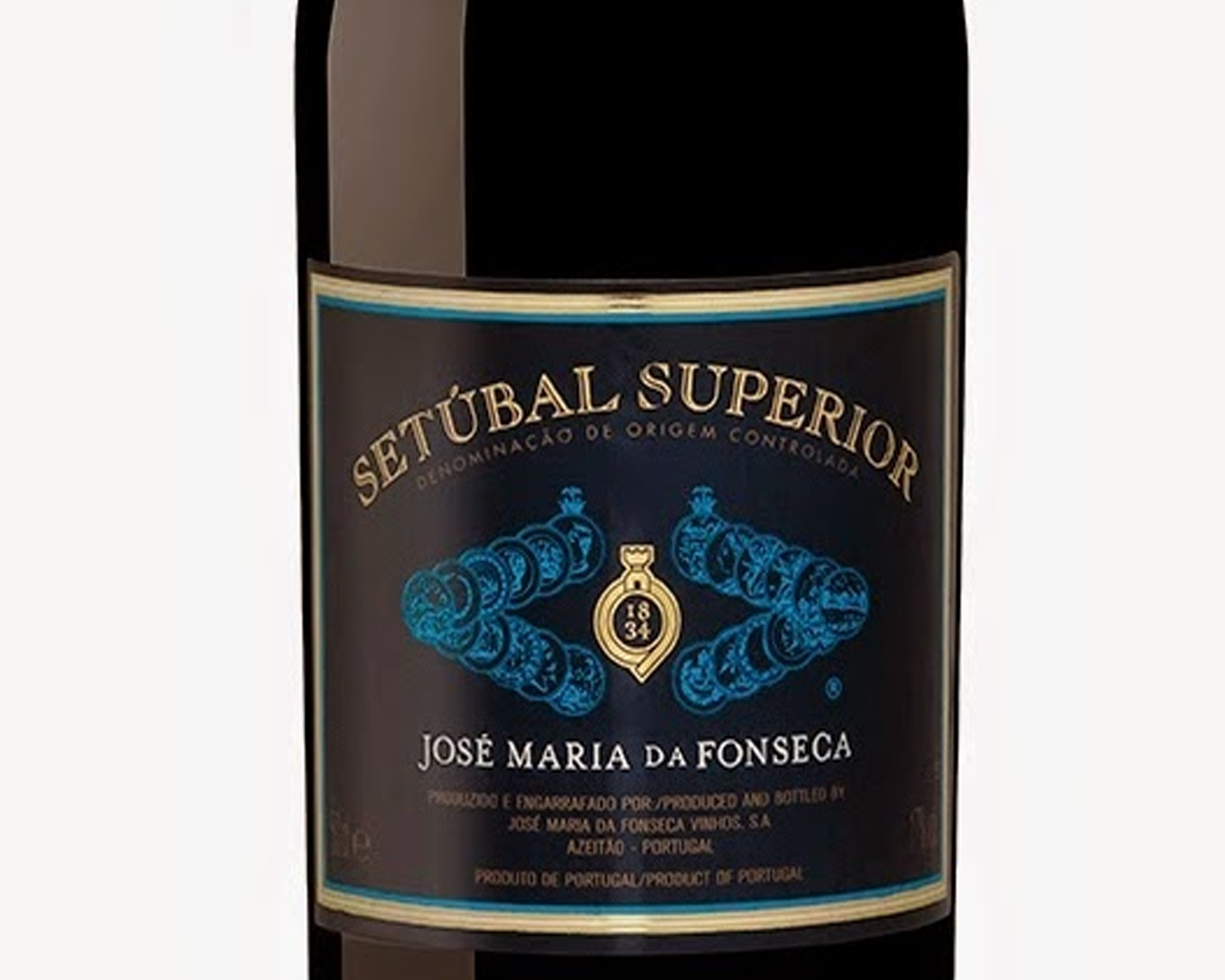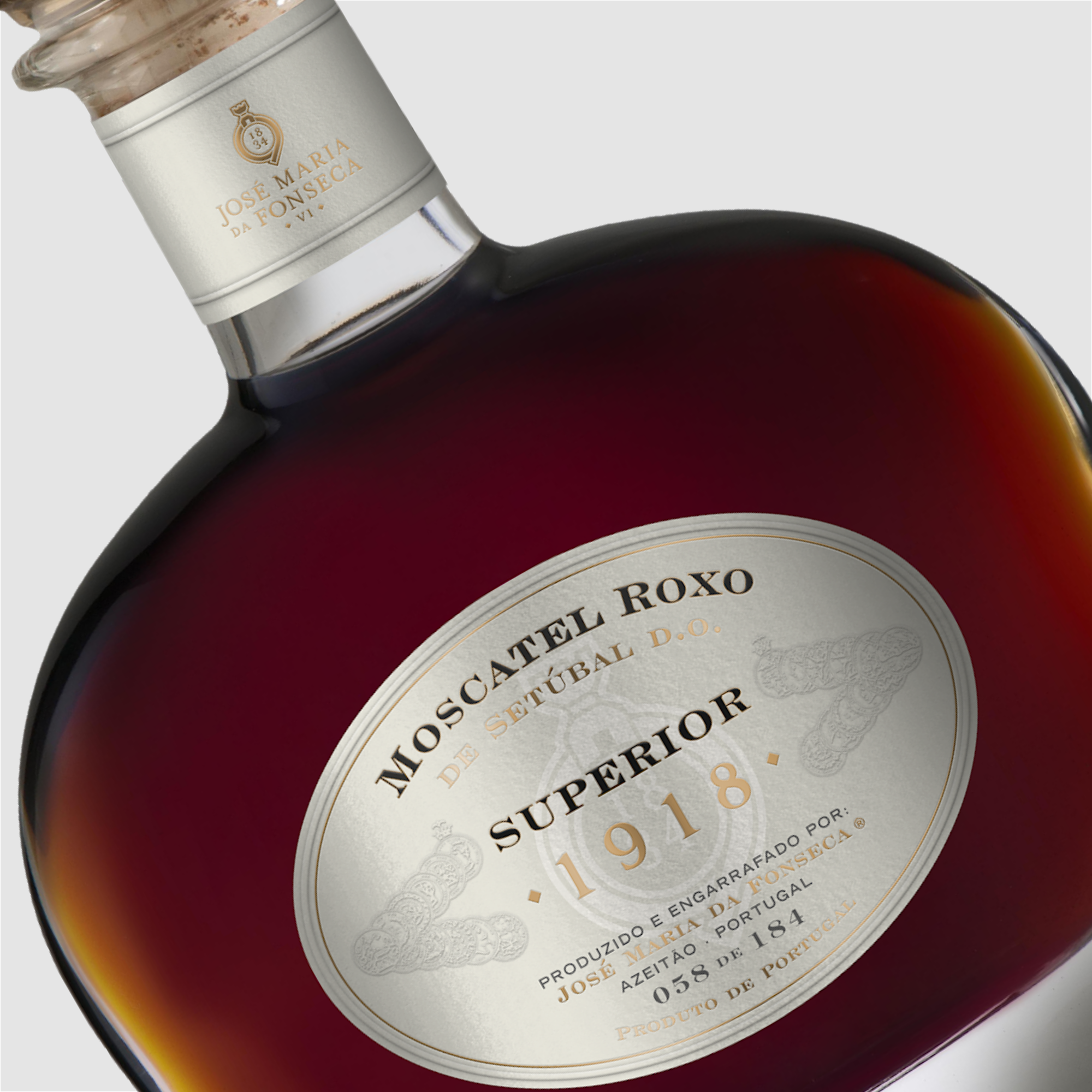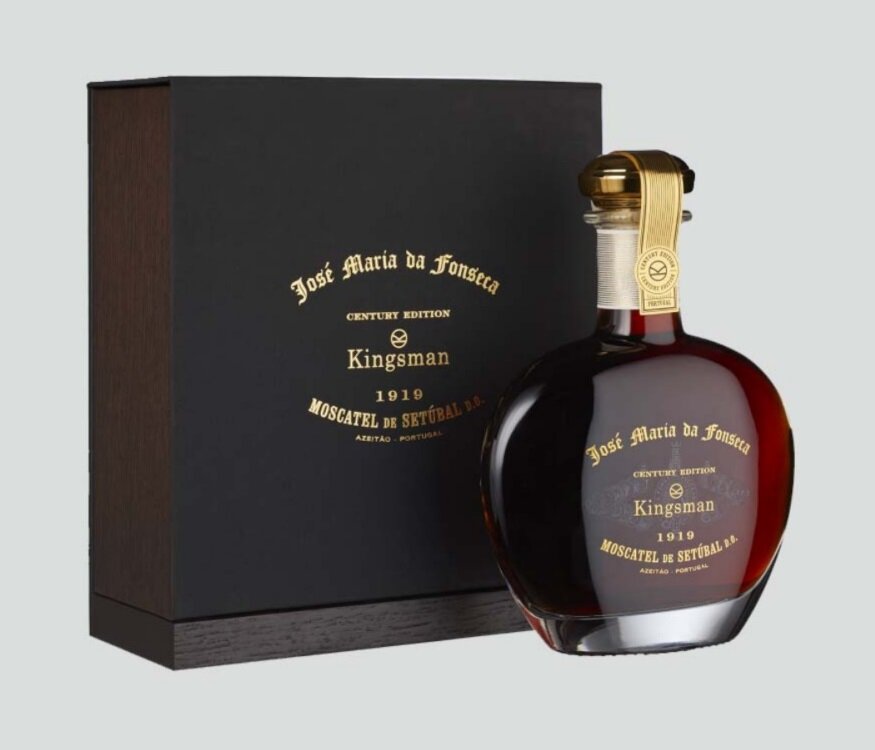
Sipping great sherry in its birthplace, Jerez de la Frontera (Andalusia, Spain) (photo: Breno Salvador)
Dear reader,
If you are a wine enthusiast like we are at Alti Wine Exchange, I doubt you never sipped or became curious to sip at least one of these wines: Port, Madeira, Marsala, sherry, Moscatel, vermouth. Whew!
What’s common between these wines? They fall under a broad category of strong, highly aromatic and liquorous beverages: fortified wines.
Well, fortified wines are something that many may think only as the same as strong wines. Actually, they are indeed strong, but carry other particularities that make them quite different from the rest of the wine universe.
I’m Breno, head of content at Alti Wine Exchange, and here I want to explore with you the vast and diverse world of fortified wines.
How are fortified wines produced, and what makes them unique?
No mystery here: during the fermentation process, these wines are fortified with the adding of a part of distilled spirit, such as brandy or a neutral spirit made from grapes or even from other fruits/sugarcane.
This does not mean that fortified wines are distilled – apart from having a small part of distilled spirit, they are then left to age in wood casks/barrels.
Such process makes fortified wines more viscous, liquorous, and with higher alcohol content than regular wines (usually spanning from 17 to 20 percent).
A reason commonly given to understand why fortification has become popular is that winemakers, centuries ago already, wanted to preserve them from the spoiling of these wines during journeys – imagine the much harm the shaking from sea expeditions in tropical regions could do? That is also why, unlike most wines, you can store open bottles of some fortifieds (especially Madeira) for longer periods – and they won’t spoil.
This combo of particular strength and intense flavors and aromas that you’ll find in fortified wines is perfect to have them as aperitifs, dessert wines or, for those seeking versatility, cocktails and drinks in cases such as with vermouth (fancy some negroni?) or port (port tonic is a must!).
Oh, thinking food pairings? Many cheeses, nuts, fruit tarts, and rich desserts can be paired with fortified wines for a delightful experience. There are many recommendations out there in the internet, go for your favorite and start experimenting!

Port tasting in Vila Nova de Gaia-based wineries is always delicious! (photo: Breno Salvador)
The main characteristics of each fortified wine
Fortified wines can go through a dry or a sweeter path, depending to which stage the producer adds the spirit – at this moment, the yeast will stop converting sugar to alcohol and leave more residual sugar in there, resulting in sweeter wines.
The middle-ground is also sought for many styles. Many fortifieds are medium-sweet or medium-dry, and producers can follow many different styles (think Port, which has fantastic different styles – ruby, tawny, vintage, white and even rosé).
Also, depending on how the wines are stored, they can be more oaky, more oxidized, more herbal (if botanicals are added)…
The most famous fortified wines and wine styles
Port wine
No way I could begin this list without Port, the world’s most famous and beloved fortified wine. This liquorous beauty that takes the name of the Northern Portuguese city of Porto (but which in fact is produced in neighbouring Vila Nova de Gaia) can come in various versions, such as tawny, ruby, vintage, white, and, most recently, rosé.
Port is made from different indigenous grapes from the Douro Valley and fortified with unaged brandy before fermentation is complete, turning into a strong wine at around 20 percent ABV – it is commonly rich and sweet, but many drier styles can be found out there.
Alti Wine Exchange thrives to be a lover of Portuguese fortifieds, and our first initial bottle offering is a very old Port of unparalleled quality: Quinta do Vallado ABF 1888.

Moscatel de Setúbal
Perhaps the world’s finest muscat, this regional liquorous wine is made in the sunny Setúbal peninsula, a less than an hour drive south of Lisbon. Deemed “sun in a bottle”, Moscatel has intensely floral, fruity, fragrant aromas, but can significantly vary in flavor according to its maturation or style – from classic to roxo.
The modern Moscatel has been mostly developed by José Maria da Fonseca, a now seventh-generation company with whom we have been proudly collaborating for a good while now. In October 2020, we have launched the third initial bottle offering of a Moscatel de Setúbal: the eponymous Moscatel Kingsman Century Edition 1919, an ultra-rare century-old edition.
Meet their releases launched by us:
#block-yui_3_17_2_1_1602679068912_45395 .sqs-gallery-block-grid .sqs-gallery-design-grid { margin-right: -31px; }
#block-yui_3_17_2_1_1602679068912_45395 .sqs-gallery-block-grid .sqs-gallery-design-grid-slide .margin-wrapper { margin-right: 31px; margin-bottom: 31px; }
Madeira
Staying in good old Portugal, this fantastic fortified-producing country, this fortified takes the name of the homonymous Atlantic island and archipelago (and, we know it already, the birthplace of football superstar Cristiano Ronaldo). Madeira comes with various classifications and styles, ranging from dry wines that are great as aperitifs and sweeter wines that are unique as dessert options.
Something that makes Madeira wine unique is the fact that it is deliberately heated and oxidized as it maturates, having an almost immeasurable lifespan after its bottle is opened. This aging process, known as estufagem, in fact pasteurizes the wine, and can be done through months-long exposure to hot water/steam or natural decades-long aging.
Sherry


Jerez, or sherry, a very popular Spanish fortified, produced in the Southwest (more precisely, around Jerez de la Frontera, near Sevilla) and famously known for its solera aging of fractional blending (of different vintages into one single wine).
Usually, it comes in fino (dry, light-bodied) and oloroso (dry, richer) styles, but other prominent categories include, Manzanilla, amontillado, Pedro Ximenez and more. Unlike Port, sherry has its fortification process happening after fermentation, for which sweeter versions have added sweetness only in later stages.
Marsala
Moving on to Italy, the fortified version of this Sicilian versatile wine varies in style thanks to the different levels of sweetness, color and age, usually spanning in alcohol between 15 and 20 percent ABV. As with other fortifieds, it is a blend of indigenous (Sicilian) grapes. Blended with brandy, the fortified Marsala follows similarities in production with Port and Sherry and is made in two main styles, Fine and Superiore.
And, even more interestingly, Marsala is also very popular in cooking, as its dry version is perfect for reductions and meat gravies, whilst its sweeter versions help shaping desserts such as tiramisù and zabaione.
Vermouth

Vermouth aperitif in Granada, Spain. Delicious as always (photo: Breno Salvador)
This one could be a more controversial definition for some, but yes: vermouth is a fortified wine – with the difference of being flavoured with various botanicals (roots, barks, flowers, seeds, herbs, spices…) and sometimes colored.
In the end, no, it’s not a liquor.
Whilst the modern version of vermouth is credited to the Northern Italian city of Turin, it is produced worldwide in very different styles and heavily varies in taste (and quality) and can be consumed as an aperitif or in cocktails such as martini, manhattan, negroni…
In some places, Vermouth is a nickname for going out for a drink – reminds of good old days going out for vermut in Barcelona!
* * *
There are, of course, many other variants and styles around the world, such as commandaria and mistelle, so go explore!
* * *
Did this brief introduction make you curious to meet more about the diverse world of fortifieds?
I could be showing much more about them here, but I hope this brief introduction to the diversity surrounding fortified wines will motivate you to finally go sip one!
Until next time!
More articles you might want to read:



